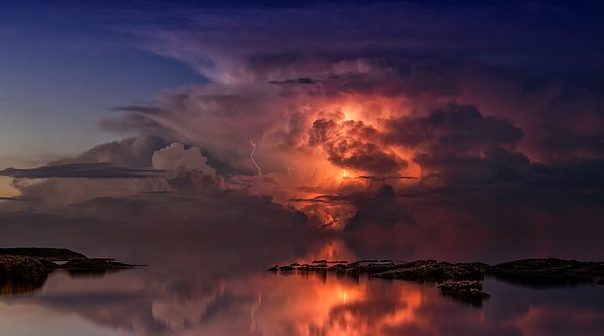Portrait photography is one of the most challenging and rewarding photography techniques that a person can master. Outdoor photography deals with a variety of different factors including lighting and overall interference. Trying to take the perfect shot can be frustrating, especially in direct sunlight, which has a tendency to wash out photography subjects. But there are ways around the “outdoor lighting pitfalls.” These six simple tips will help improve your next outdoor shot.
1. Natural light should work for you, not against you.
Most photographers prefer overcast days to sunny ones. An overcast day will lend a softening effect to any photographs taken, whether they’re portrait photography or scenery. That said, there are ways to use the sun to your advantage. You should always work with the light available rather than trying to counteract it. These are ways to approach different areas of lighting:
- In full sunlight, you have the chance to take daring and bold photographs. You can move your subject into a shaded area and use either a reflector or flash to fill in dark areas.
- In partial sunlight, clouds will act as a natural diffuser. This is an ideal environment for outdoor portraits. You’ll need to make sure that you don’t have a flat or boring image, though. Use a reflector to bounce your natural light back into your subject’s face to give them a healthy glow.
- When there’s no sun, you’ll need to use wider apertures and a slower shutter speed. You should use a reflector to add the light back into the shot, take advantage of any small pockets of sun you have, and use a fill flash.
2. The lens you use matters.
When you’re shooting an outdoor portrait, it’s a good idea to use a lens with a long focal length. Long focal lengths increase your subject’s sharpness. When you use a lens whose focal length is less than 70mm, your subject’s face might become distorted. Most outdoor portraits are shot between 120mm and 200mm. Telephoto lenses have a shallow field depth, so they work well when you want to focus your subject and blur the background.
3. Reflectors
A reflector makes a huge difference when you take outdoor portraits. If you’re shooting in shady or dim light, you’ll want to use the reflector to place as much natural light on your subject as possible. If you’re dealing with the harshness of direct sunlight, you can use a white reflector to mitigate that. For shady environments, a silver reflector will reflect the most light to your subject.
4. Fill flash is your friend.
Many photographers are hesitant to use flash, but flash is an essential part of outdoor photography. You might think that a sunlit day is the last environment that needs a flash, but you’d be wrong. When the sun is overhead, your subject doesn’t have a lot of natural light on their front. The pictures you take will be shadowed instead of saturated. Use a flash to erase shadows and capture more details.
5. Pay attention to your settings.
You need to pay careful attention to the settings of your camera. Most people shoot outdoor portraits with a wide aperture; this brings the background out of focus while keeping the subject in sharp relief. Your exact settings will change depending on your circumstances, the effect you want the photo to have, the lighting you’re working with, and the place that you’re shooting.
6. Use a lens filter.
Lens filters are an ideal way to mitigate the harshness of some natural light. A polarizing filter will limit the light that reaches the actual camera. When white light is eliminated from the shot, the colors will be much deeper and more saturated. Both your background and your subject will have a richer, more in-depth image. The exact filter you use will depend on the type of lens you’re using and the type of photograph you’re taking.
Sources:
https://en.wikipedia.org/wiki/Photographic_filter
https://en.wikipedia.org/wiki/Nature_photography




